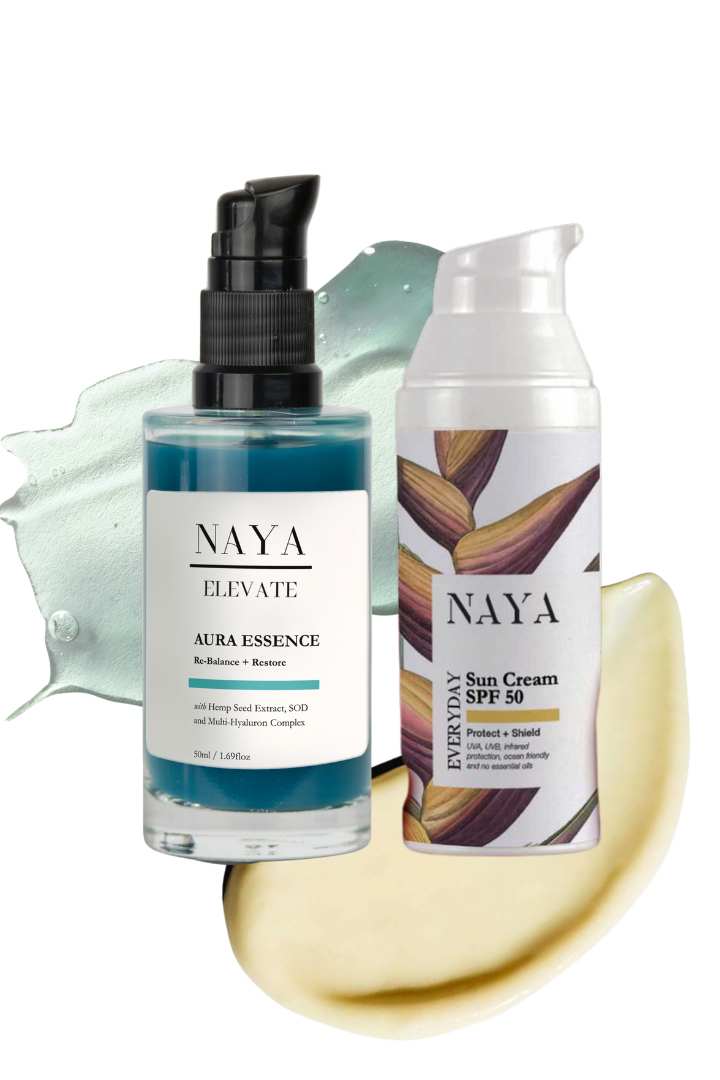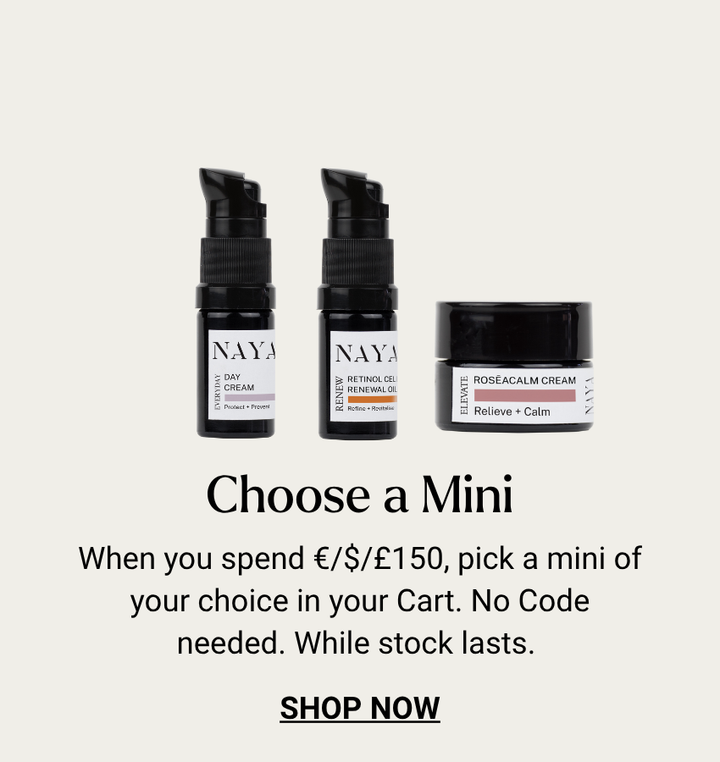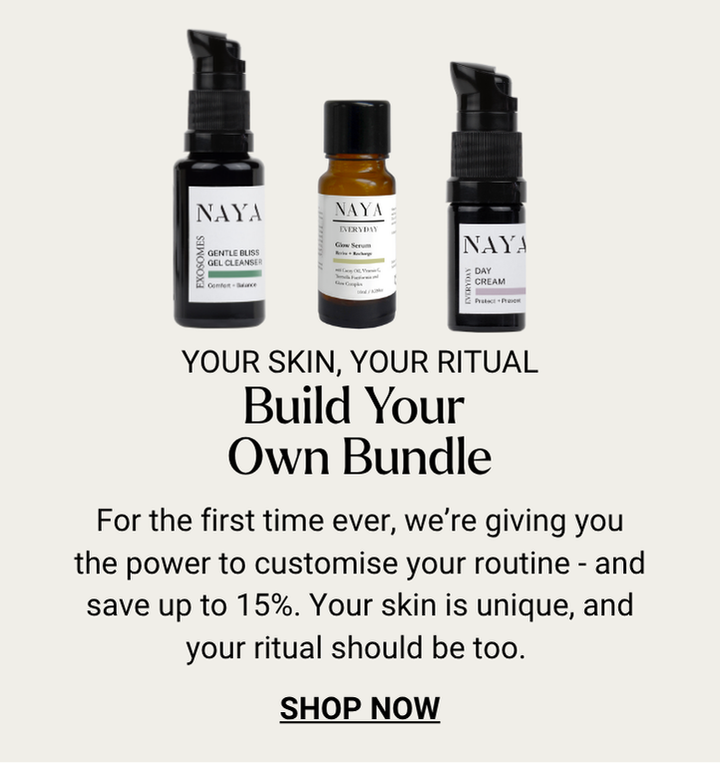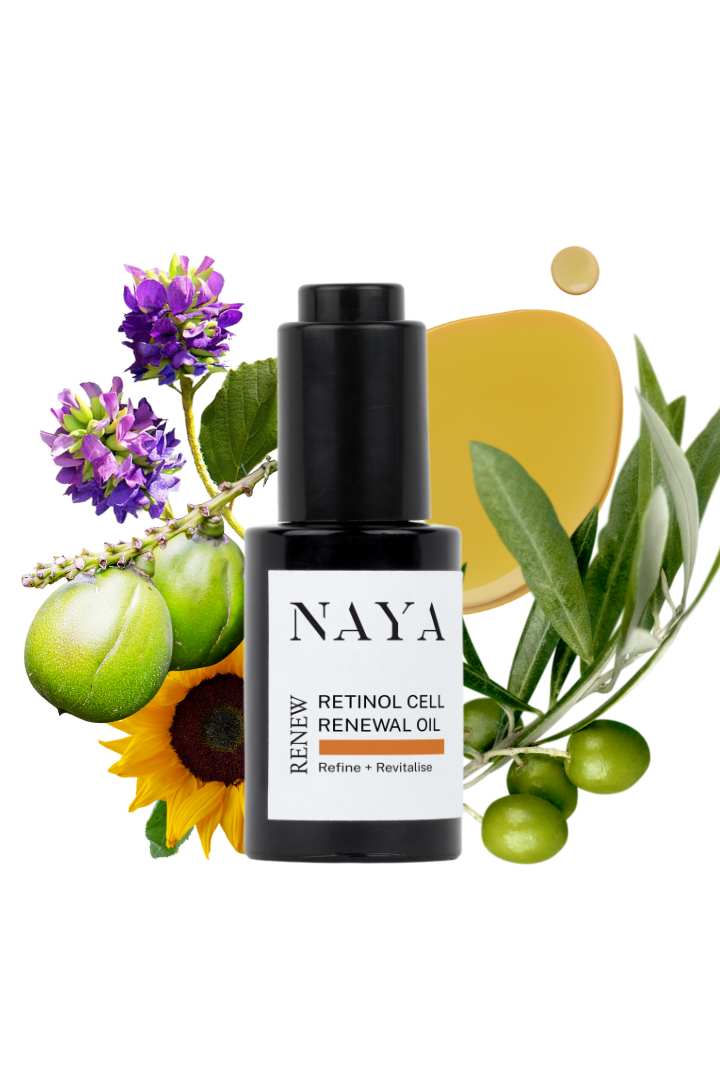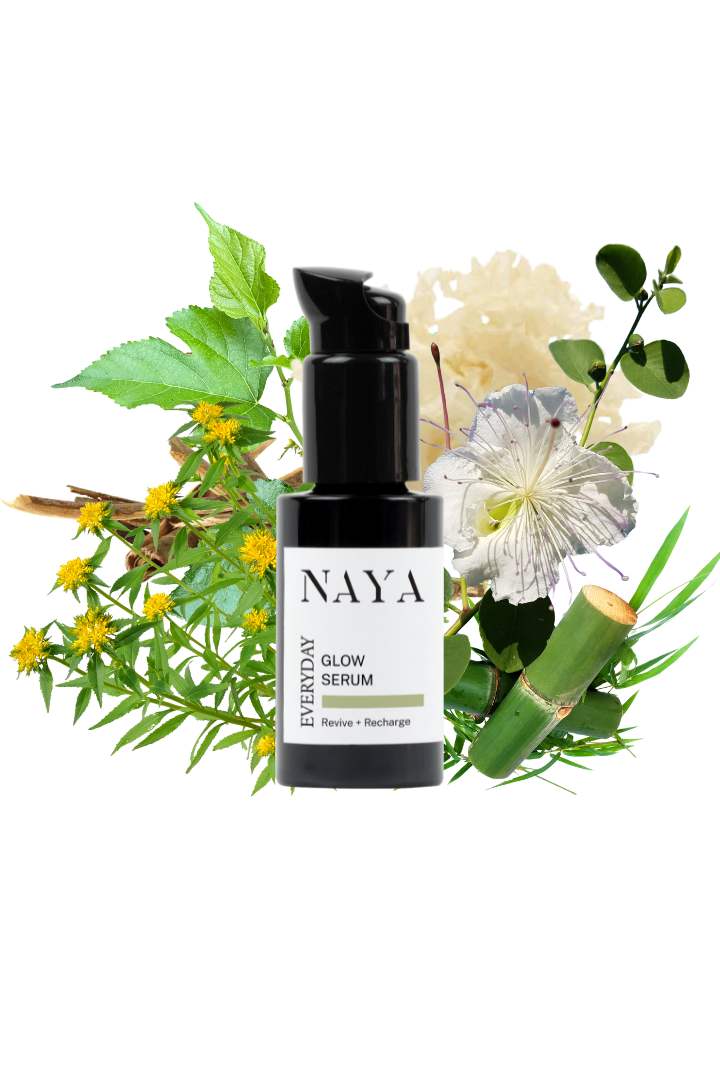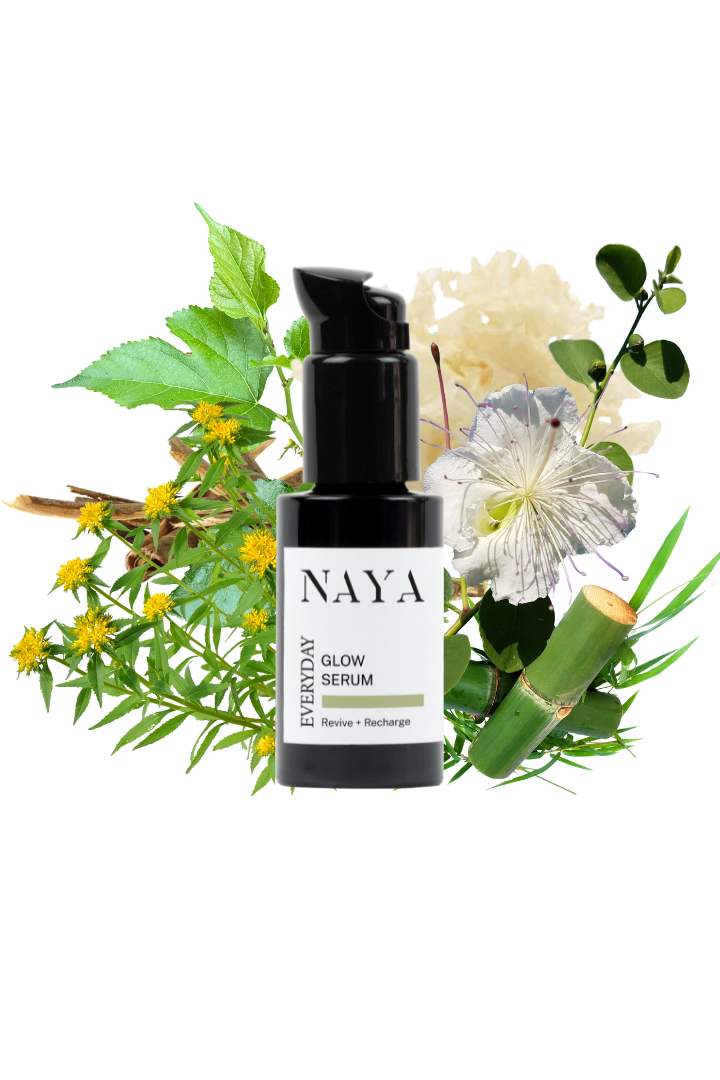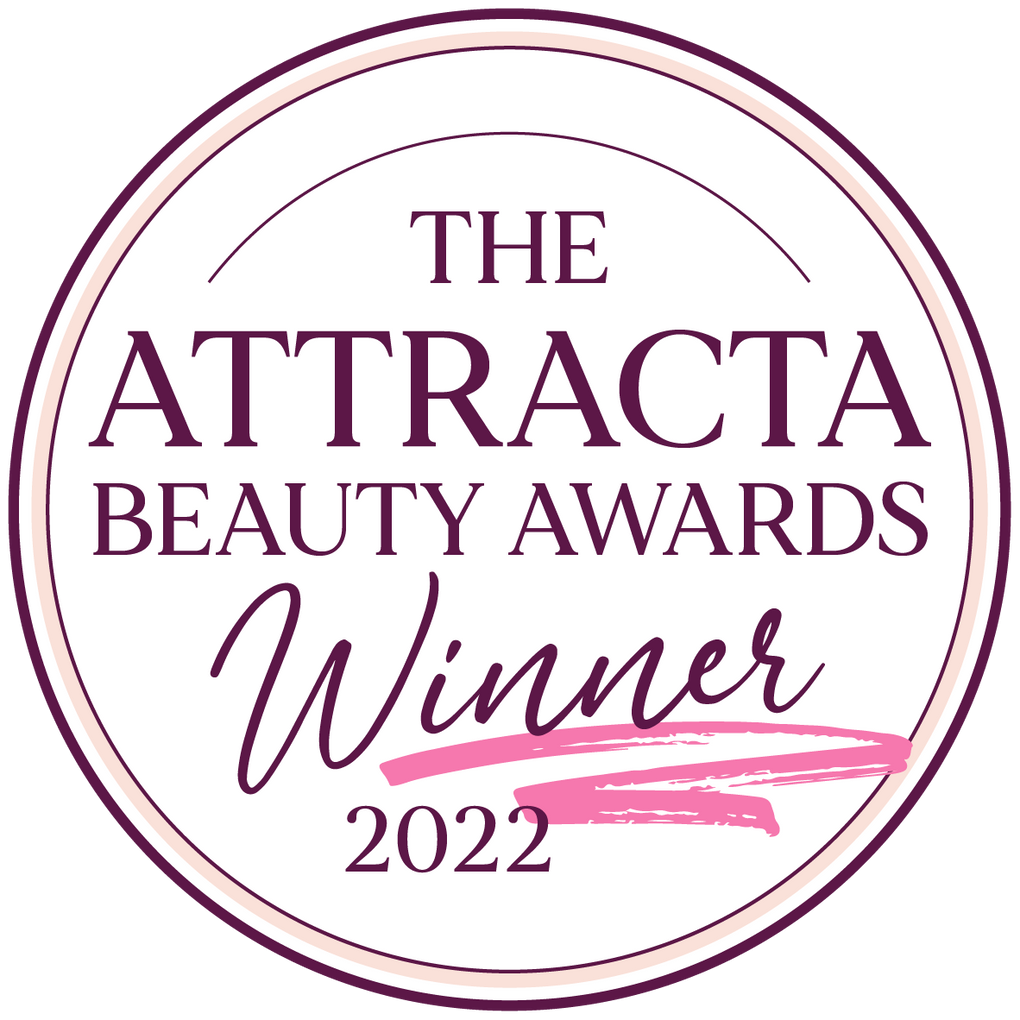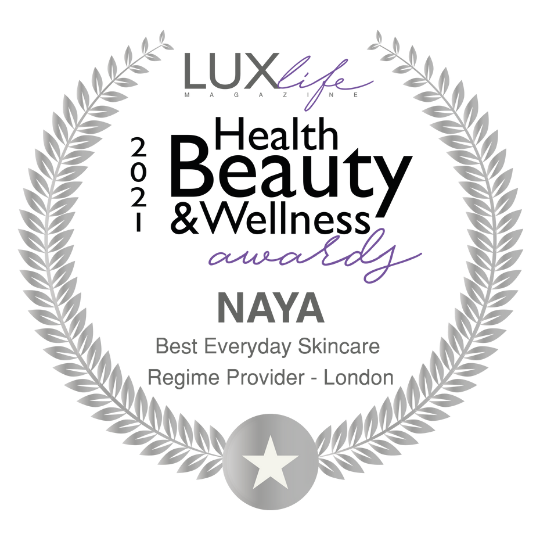
FAQs
Retinal (also called Retinaldehyde) is a vitamin A derivative that is just one step away from retinoic acid, the active form your skin actually uses. Retinol, by contrast, needs two conversions — from Retinol → Retinal → Retinoic Acid. This makes Retinal significantly more potent and faster-acting than Retinol.
Organic Retinal or organic-certified Retinal does not exist. Retinal is a lab-synthesised molecule and cannot be certified organic. Some brands use “bio-retinal” or “natural retinal” as marketing terms, but these are not regulated or technically accurate and misleading to the content of the product. The plant oils or base of the formula might be organic, but Retinal itself is not. A brand with integrity should outline this clearly.
No — Retinal is not inherently gentler. In fact, because it’s more active, it can actually cause more irritation in sensitive skin if not properly buffered. Whether a product feels gentle depends more on the formula around the Retinal — such as soothing ingredients, delivery systems, and texture — than the molecule itself. All these claims "10x faster" "gentler than Retinol" - they are only Marketing Claims to create a selling proposition.
Buffering refers to the use of soothing, barrier-supportive, or time-release ingredients that reduce the risk of irritation. These can include Oils, Panthenol, or encapsulation systems. A well-buffered formula makes the powerful action of Retinal more tolerable.
You can — but only with the right formulation. Look for products that:
- Low concentrations (e.g., 0.05–0.1%)
- Soothing ingredients.
- Encapsulation or time-release delivery. If your skin is reactive, it’s best to start slow — 1–2 nights a week, then build up.
0.1% is considered a high-performance, active dose. It’s backed by clinical studies showing visible results in skin texture and pigmentation — but it’s not beginner strength. If you’re new to retinoids or have sensitive skin, you may want to start with a buffered 0.05% or use it every few nights at first.

